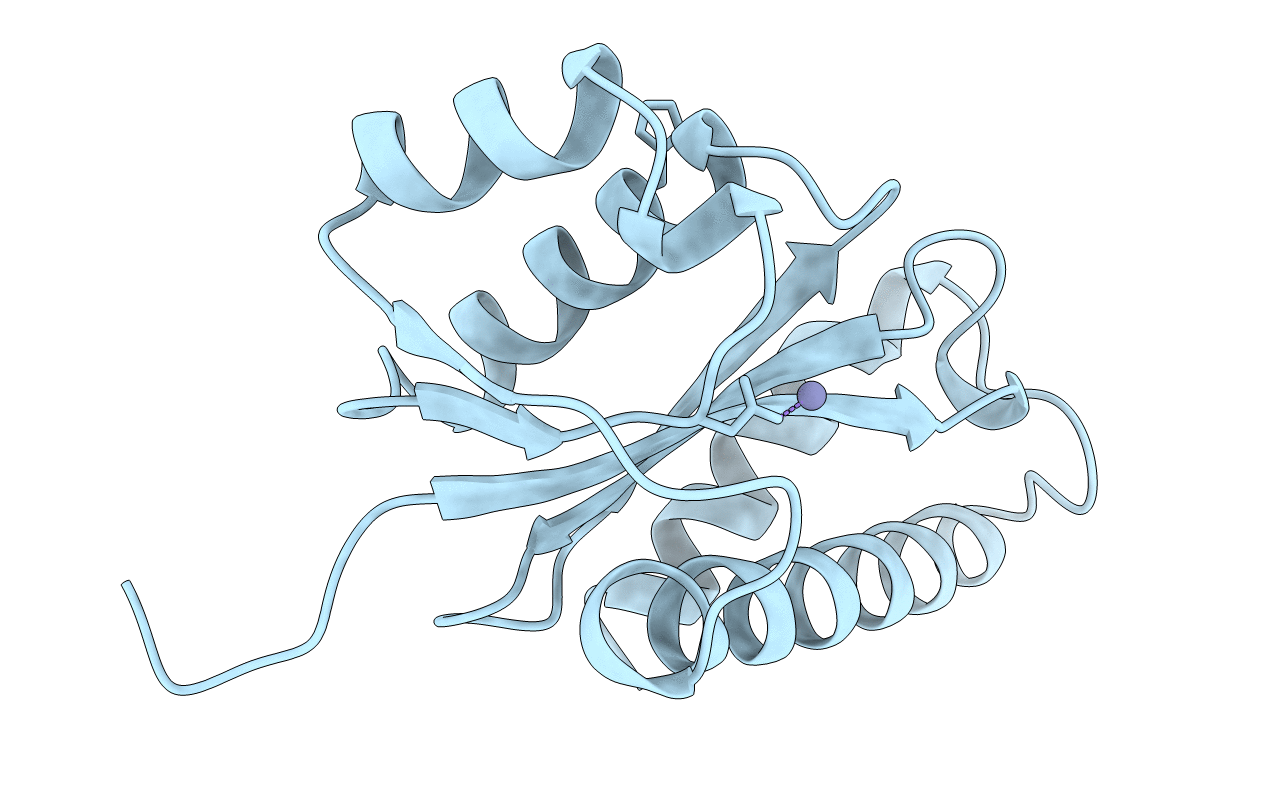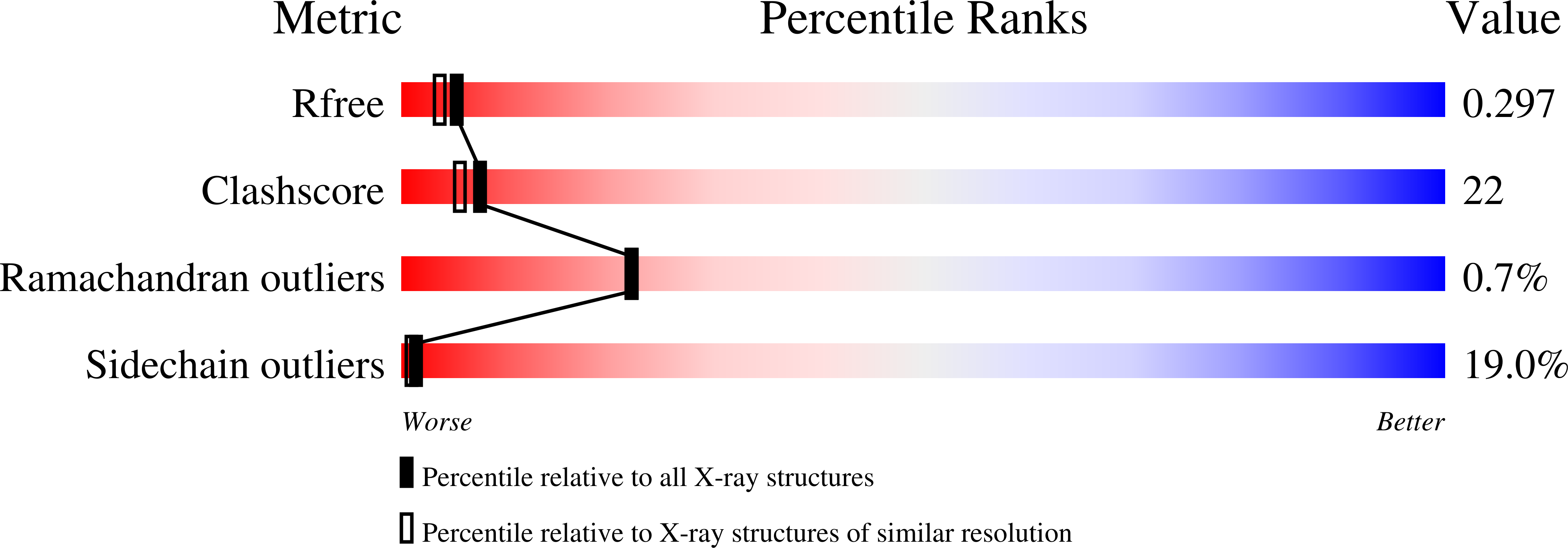
Deposition Date
1998-09-18
Release Date
1998-09-23
Last Version Date
2023-08-23
Entry Detail
Biological Source:
Source Organism:
Rous sarcoma virus (strain Schmidt-Ruppin) (Taxon ID: 11889)
Host Organism:
Method Details:
Experimental Method:
Resolution:
2.20 Å
R-Value Free:
0.24
R-Value Work:
0.15
R-Value Observed:
0.15
Space Group:
P 43 21 2


